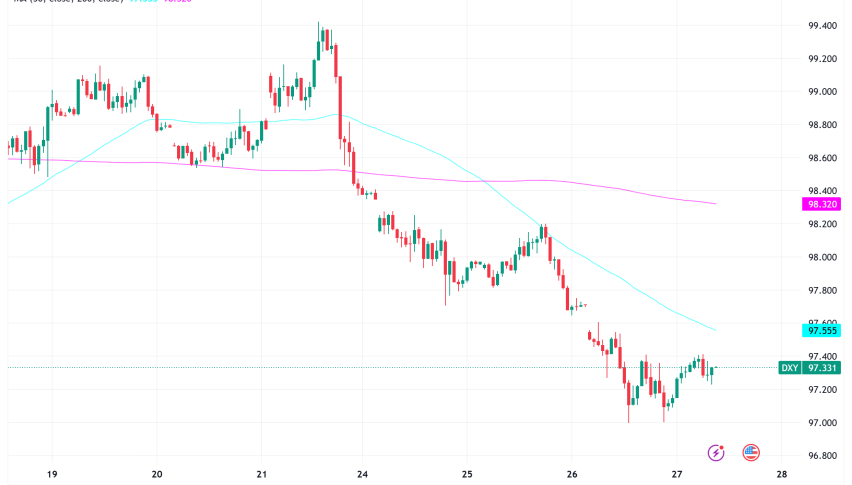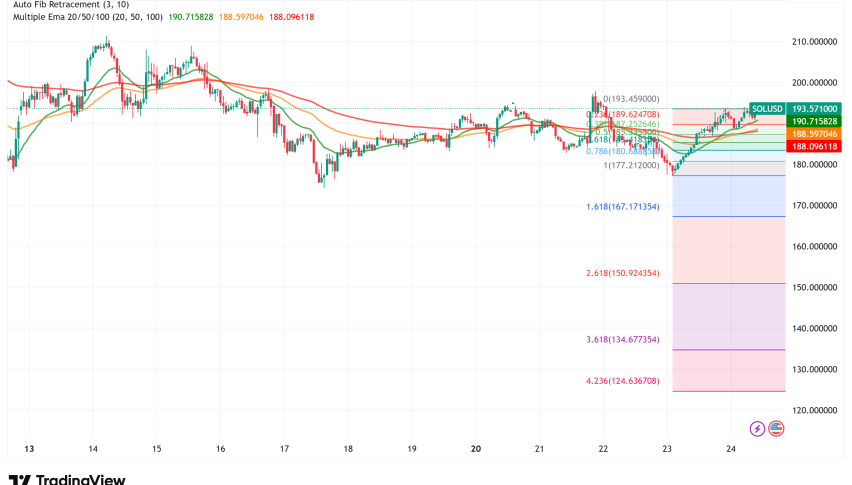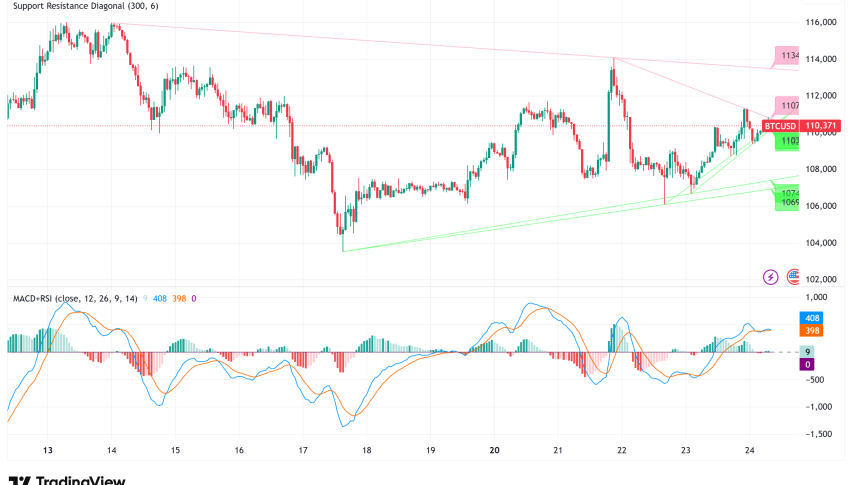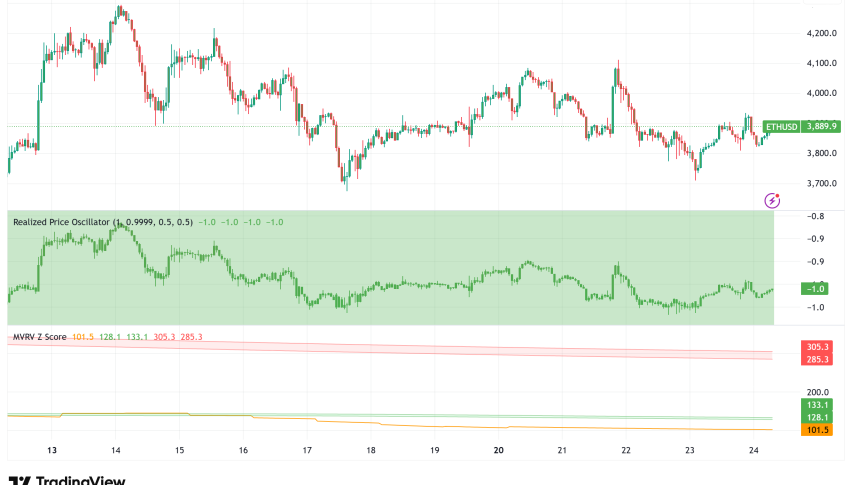US Dollar Index Plunges to Three-Year Low as Political Uncertainty and Economic Weakness Converge
The US Dollar Index (DXY) fell to its lowest level since March 2022, trading around 97.3 on Friday. This is because of a combination of

Quick overview
- The US Dollar Index (DXY) has fallen to its lowest level since March 2022, currently trading around 97.3 due to political instability and poor economic fundamentals.
- Speculation about President Trump's potential replacement for Federal Reserve Chair Jerome Powell has increased concerns about the Fed's independence and contributed to the dollar's decline.
- Recent economic data reveals a troubling picture, with a 0.5% drop in first-quarter GDP and rising unemployment claims, further weakening the dollar's outlook.
- Market expectations for Federal Reserve rate cuts have surged, indicating growing fears that the Fed may need to intervene more aggressively to support the economy.
The US Dollar Index (DXY) fell to its lowest level since March 2022, trading around 97.3 on Friday. This is because of a combination of political instability and bad economic fundamentals that are hurting the dollar. The index, which shows how strong the dollar is compared to six other major currencies, has broken through important technical support levels, which could mean that it will get further weaker.

Trump’s Fed Chair Speculation Sparks Selling Pressure
Reports that President Donald Trump is thinking about choosing a replacement to Federal Reserve Chair Jerome Powell months ahead of schedule made the dollar’s dramatic drop even worse. Trump said he has whittled down his list of possible replacements for Powell to “three or four people.” These names are said to include former Fed Governor Kevin Warsh, National Economic Council Director Kevin Hassett, and Treasury Secretary Scott Bessent.
This extraordinary action has made many very worried about the Federal Reserve’s independence, which is a key part of the credibility of US monetary policy. Marc Chandler, chief market strategist at Bannockburn Capital Markets, said, “Investors don’t like the direct attempt to influence the Fed.” The idea of a “shadow chair” commenting on Fed decisions and maybe speaking for Trump’s views on interest rates has made currency markets nervous.
“Expectations that President Trump will choose a more dovish chair will keep downward pressure on FOMC pricing and the USD,” said Carol Kong, a currency analyst at Commonwealth Bank of Australia. The story about political meddling has raised the risk premium on dollar holdings by a lot, as traders are skeptical about the long-term stability of US monetary policy.
US Economic Data Paints Grim Picture
Adding to the political uncertainties, new economic data shows that the US economy is quite poor. The last estimate for first-quarter GDP showed a worrying 0.5% drop, which was worse than the projected -0.2% and a big change from the 2.4% growth seen in Q4 2024. The economy shrank because people spent less money, exports were poor, and goods-producing industries had a 2.8% drop.
Core Personal Consumption Expenditures (PCE) climbed to 3.5%, which is 0.1 percentage points higher than earlier estimates. This adds to worries about inflation. This rise in the Fed’s favorite inflation indicator comes at a very delicate time, as markets wait for Friday’s release of May PCE data, which could have an even bigger effect on the dollar’s path.
The job market is also showing indications of stress, with insured unemployment rising to 1.974 million, the highest level since November 2021. The number of new jobless claims fell to 236,000, which is good news in the near term, but the overall pattern shows that the labor market is still under a lot of stress, which might hurt consumer spending and economic growth as a whole.
Market Repricing Fed Rate Cut Expectations
The market’s expectations for Federal Reserve policy have changed a lot because of political uncertainty and a weak economy. The chance of a rate cut at the Fed’s July meeting has gone up to 27%, up from just 12.5% a week ago. More importantly, the markets are now expecting 64 basis points of rate cuts by the end of the year, which is a big jump from the 46 basis points projected only a week ago.
This change in price shows that people are more worried that the Fed will have to do more to help the economy, even while inflation is still high. The dollar’s fall has been mostly caused by a change in expectations that are more dovish. Lower interest rates usually make a currency less appealing to international investors.
Technical Breakdown Signals Further Weakness
The DXY has fallen below important support levels, such as the June 13 low of 97.621, from a technical point of view. The index is already trading below its 50-day moving average of 99.400 and may soon test the 95.137 multi-year bottom set in early 2022. Market analysts still think the dollar will go down, which means that the easiest way for it to go is down.
The euro has been one of the biggest winners from the dollar’s weakening, rising to $1.1708, its highest level since 2021. The dollar has also plunged to its lowest level versus the Swiss franc in ten years, at 0.8007. On the other hand, the yen has gained momentum as USD/JPY dropped 0.7% to 144.25.
As the markets wait for the PCE data to come out on Friday, the focus is still on whether inflation numbers that are higher than expected could help the struggling dollar. But the dollar’s prognosis is still bad in the near term since political instability is likely to remain and the economy’s fundamentals are still dismal.
- Check out our free forex signals
- Follow the top economic events on FX Leaders economic calendar
- Trade better, discover more Forex Trading Strategies
- Open a FREE Trading Account


